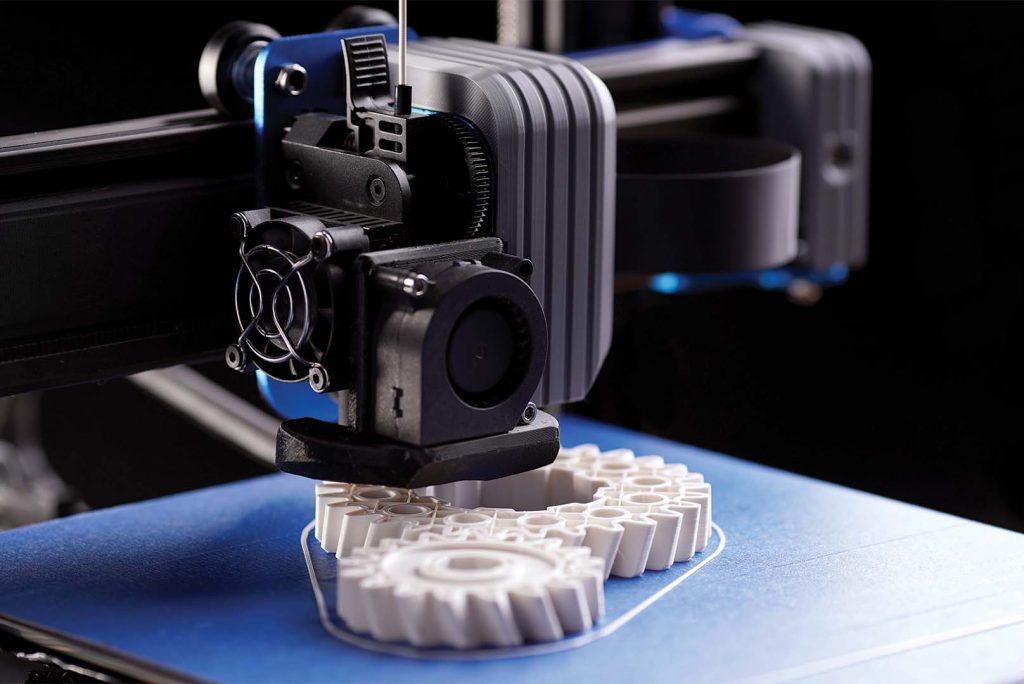Revolutionizing Fashion: Exploring the Potential of 3D Printed Clothing
3 min read
In recent years, 3D printing technology has made significant advancements, revolutionizing various industries. From manufacturing to healthcare, its applications have been far-reaching. One intriguing area where 3D printing is gaining momentum is the fashion industry. This article delves into the question: Can clothes be 3D printed? We explore the possibilities, challenges, and potential impact of 3D printed clothing.
- The Rise of 3D Printing in Fashion:
The fashion industry has always been at the forefront of innovation, constantly seeking new ways to push boundaries. 3D printing has emerged as a disruptive force, offering designers and consumers unprecedented opportunities. With 3D printing, intricate and complex designs can be brought to life with ease, enabling customization and personalization like never before. - Advantages of 3D Printed Clothing:
2.1. Design Freedom: Traditional garment manufacturing often faces limitations due to the constraints of fabric and sewing techniques. 3D printing eliminates these limitations, allowing designers to create intricate, geometric, and unconventional designs that were previously impossible to achieve.
2.2. Customization and Personalization: 3D printing enables clothing to be tailored to an individual's unique body shape and preferences. By scanning the wearer's measurements, garments can be precisely printed to ensure a perfect fit, enhancing comfort and style.
2.3. Sustainable Production: The fashion industry is notorious for its environmental impact. 3D printing offers a more sustainable alternative by reducing waste, minimizing the need for excess inventory, and utilizing eco-friendly materials. It allows for on-demand production, eliminating overproduction and reducing carbon footprint.
- Challenges and Limitations:
While the potential of 3D printed clothing is immense, several challenges need to be addressed:
3.1. Material Selection: Finding suitable materials that are both flexible and durable enough for everyday wear is a key challenge. Researchers are actively exploring new materials, such as biodegradable polymers and innovative composites, to overcome this limitation.
3.2. Production Speed: 3D printing can be a time-consuming process, especially when creating complex designs. Improvements in printing speed and efficiency are necessary to make 3D printed clothing more commercially viable.
3.3. Cost: Currently, 3D printed clothing tends to be more expensive due to the high cost of printers, materials, and expertise required. As the technology advances and becomes more accessible, costs are expected to decrease, making it more affordable for consumers.
- The Future of 3D Printed Clothing:
The potential impact of 3D printed clothing extends beyond individual customization. It has the power to transform the entire fashion industry:
4.1. Democratization of Fashion: 3D printing can empower individuals to become designers and manufacturers, bypassing traditional supply chains. This democratization of fashion allows for greater creativity, diversity, and inclusivity.
4.2. Sustainable Fashion: With its reduced waste and on-demand production capabilities, 3D printing aligns with the growing demand for sustainable fashion. It offers a pathway to a more environmentally friendly and ethical industry.
4.3. Medical Applications: 3D printing can also play a vital role in the medical field, enabling the creation of customized orthopedic braces, prosthetics, and even smart textiles with embedded sensors for health monitoring.
Conclusion:
As technology continues to advance, the question of whether clothes can be 3D printed evolves from a possibility to a reality. The fashion industry stands on the brink of a transformative era, where 3D printing has the potential to reshape design, production, and consumption. While challenges remain, the advantages of 3D printed clothing, including design freedom, customization, and sustainability, make it an exciting prospect for the future of fashion. Embracing this technology can lead to a more inclusive, sustainable, and innovative industry.
